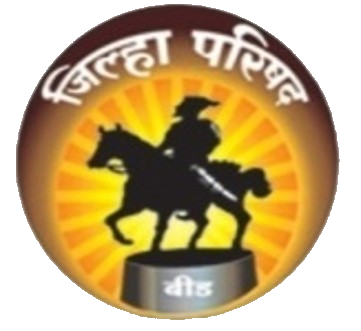Savitribai Kanya Welfare Prize Scheme
Scheme Name
Savitribai Kanya Welfare Prize Scheme
Scheme start date
April 1, 2007
Scheme information
Government Decision No. Safuyo / 2004 / 1511 / Proc 297 / Cook 3 Dated 24 / 4 / 2007 According to the new scheme ( from 1 April 2007 ) , a person who undergoes family planning surgery on a girl will be given Rs . Two thousand in cash and Rs. Eight thousand in the form of National Savings Certificates in the name of the girls and a person who undergoes family planning surgery after two girls will be given Rs . Two thousand in cash and Rs . Four thousand in the form of National Savings Certificates in the name of each girl .
The terms and conditions of this scheme are as follows .
- To benefit from this scheme, the person undergoing family welfare surgery must belong to a family below the poverty line
- The benefit of this scheme is only available to families residing in the state of Maharashtra .
- The said family planning surgery should have been done by the beneficiary ( husband or wife ) in a government recognized
- institution or a hospital run by a registered medical professional .
- This family planning surgery is for the beneficiary ( husband or wife ) to have one or two daughters but no sons .
Program Name
National Epidemic Control Program
Program Information
Advance planning is important to prevent epidemics . The district-level epidemic rapid response team consists of
- Additional District Medical Officer
- Epidemic Medical Officer
- Chief Chemist
- Pediatrician
- Physician and
- District Health Officer
The district-level emergency medical assistance team consists of two Medical Officers and ten employees . Also , a 24 – hour control room is established at the district level during the risk period from June to October
Special measures for villages with lost connectivity , medical facilities in migrant camps , establishment of field laboratories , participation of private medical professionals , adequate stock of medicines , additional stock of medicines , health education , cleanliness of the area , etc. are being planned .
At the district level , at the P.A. center level and at the sub-center level, sufficient stock of medicines has been made available . Also , the work of purifying the public drinking water source of the Gram Panchayat using T. C. L. powder is being done under the supervision of the Health Department . Where the public water supply source is closed, Medichlor solution / chlorine tablets are used. It is being done for purification .
The following appeal has been made to the public through the local newspaper .
- Boil water, cool it and use it for drinking .
- Only purified water should be used for drinking .
- Medichlor / Chlorine tablets required for purification are available at the nearest P.A. Center / Health worker .
- with waterborne diseases should immediately contact the nearest health center / health worker .
| Year | Number of villages affected by the outbreak |
|---|---|
| 2000 – 2005 | 55 |
| 2006 – 2010 | 19 |
| 2011 – 2016 | 10 |
| Year | Deaths in waterborne outbreaks |
|---|---|
| 2000 – 2005 | 13 |
| 2006 – 2010 | 10 |
| 2011 – 2016 | 02 |
Conclusion – According to Graph No. 1 and 2, the main reasons for the significant decrease in the number of villages affected by waterborne diseases in the last 15 years are
- The continuity in the use of bleaching powder for disinfection by the Gram Panchayat
- The widespread awareness among the people about drinking disinfected water .
- Increase in toilet use in rural areas .
Conclusion
- The main reason for the highest number of insect-borne disease outbreaks in Ashti taluka is that people live in settlements . Due to the lack of sufficient windows in the houses in the settlements in the fields, it remains dark in the house . The roofs of the houses are built in a slanted position in the brick construction, so it is not possible to keep a cover on them and they cannot be washed regularly . Therefore, there is a fertile environment for mosquito breeding .
- In Vadwani , Gevrai , Beed , Majalgaon , talukas , there are open cement tanks and a large amount of garbage in the houses, which creates a fertile environment for mosquito breeding . Also, cotton is cultivated in this taluka on a large scale and all the members of the family work in the fields from morning to evening in cotton cultivation and harvesting work, so there is a neglect in cleaning the cement tanks , garbage , and cleaning work in the house .
- In Patoda taluka, a large number of laborers migrate for sugarcane harvesting. Due to this, mosquitoes breed in the open spaces of the houses , ponds , and tanks . There is no one at home to clean them. In the past, due to severe water shortage, water was stored .
Beneficiary:
As Mentioned above
Benefits:
As Mentioned above
How To Apply
Contact the relevant department.





